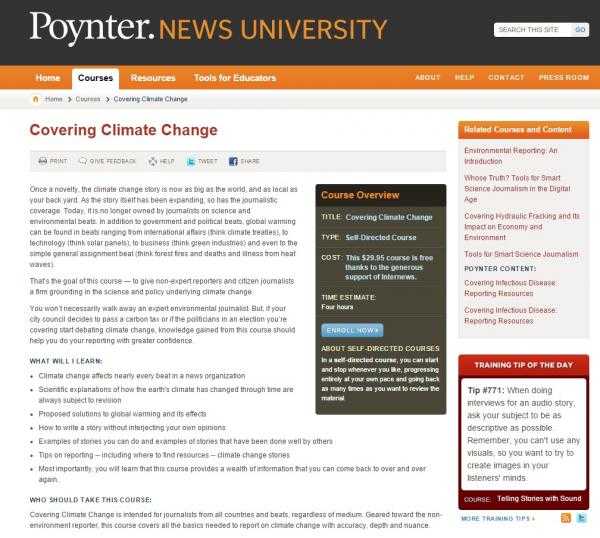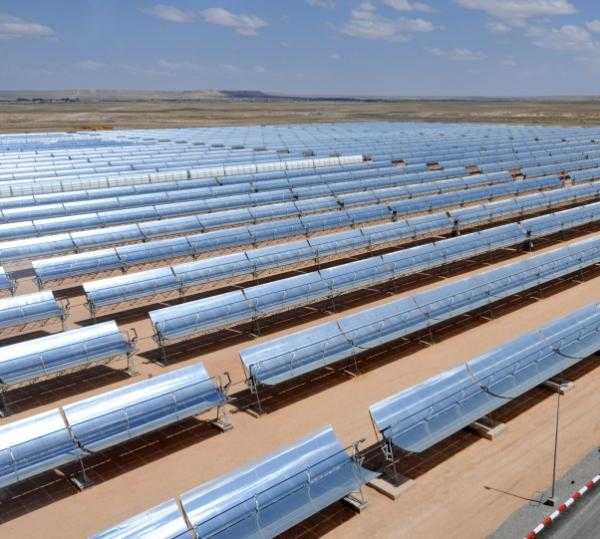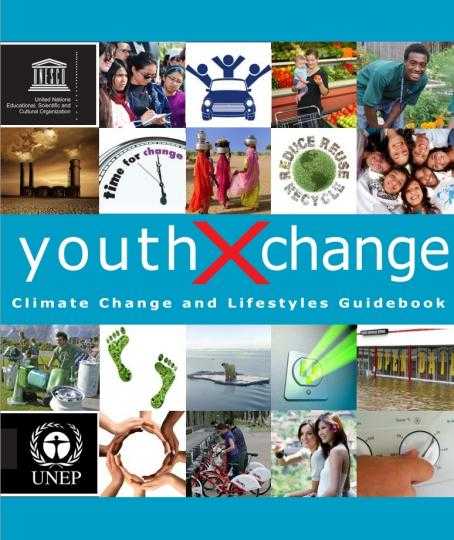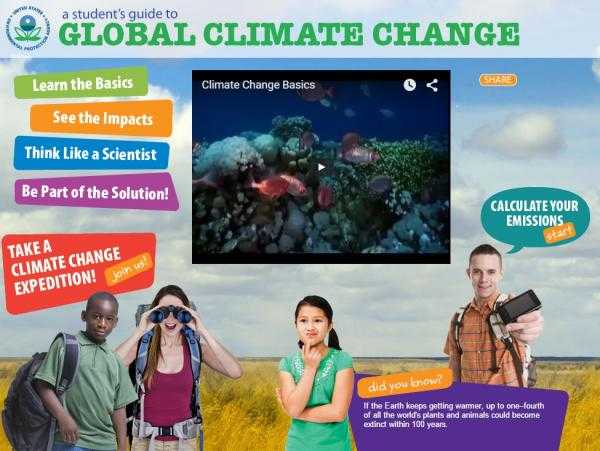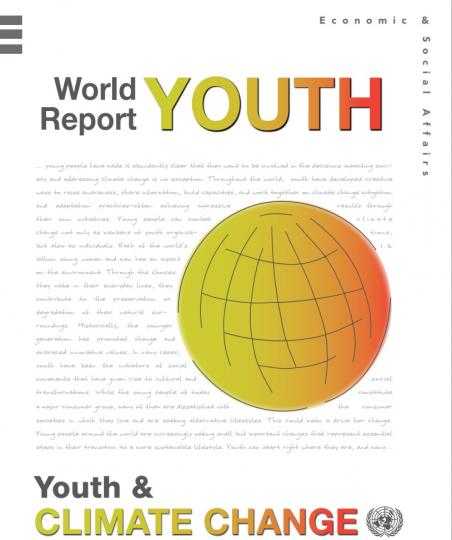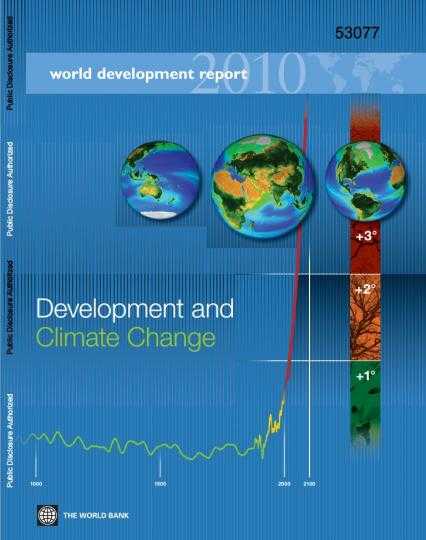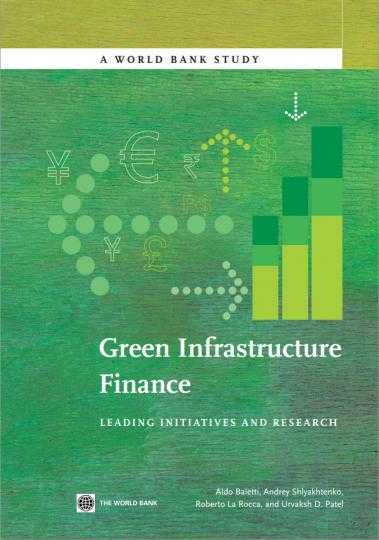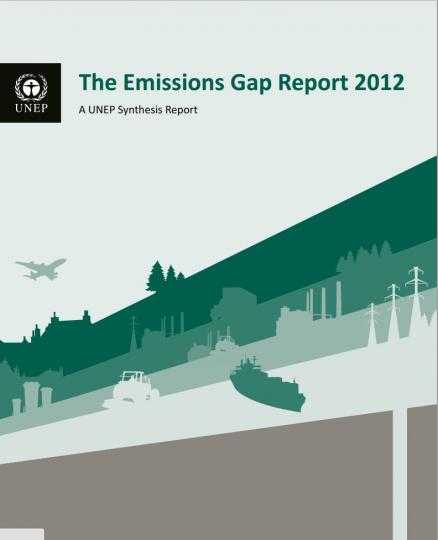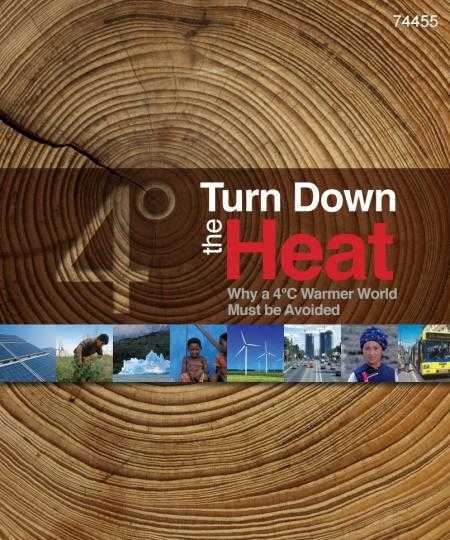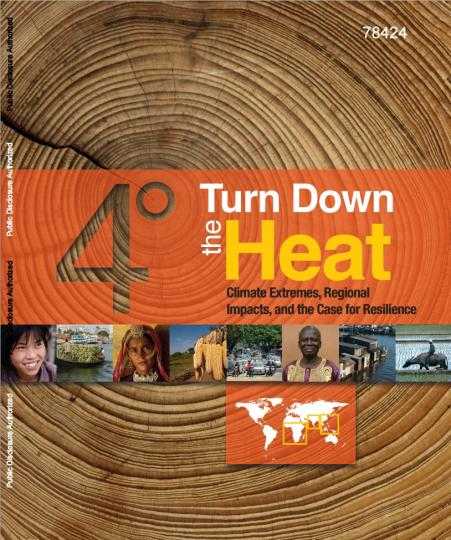From our friends at Earth Journalism Network and Poynter. News University.
This is an Internews and Internews Europe project dedicated to the empowerment of environmental journalists from developing countries around the world.
At a time when the Earth’s resources are being depleted faster than they can be replenished, adopting and promoting more sustainable ways of living that are in harmony with our communities and nature has never been more crucial. This guidebook supports young people to become advocates and agents of change for sustainable lifestyles in their respective communities around the world.
Credit: UNEP.
This website provides information that is current, relevant, and useful for learning more about climate change.
Young people have made it abundantly clear that they want to be involved in the decisions impacting society and addressing climate change is no exception. Throughout the world, youth have developed creative ways to raise awareness, share information, build capacities, and work together on climate change mitigation and adaptation practices–often achieving impressive results through their own initiatives. Young people can combat climate change not only as members of youth organizations, but also as individuals.
"Today’s enormous development challenges are complicated by the reality of climate change—the two are inextricably linked and together demand immediate attention. Climate change threatens all countries, but particularly developing ones. Understanding what climate change means for development policy is the central aim of the World Development Report 2010.
Increasing concerns over the effects of climate change have heightened the importance of accelerating investments in green growth. The International Energy Agency, for example, estimates that to reduce carbon dioxide emissions by 50 percent by 2050, global investments in the energy sector alone will need to total US$750 billion a year by 2030 and over US$1.6 trillion a year from 2030-2050. Despite global efforts to mobilize required capital flows, the investments still fall far short.
Two fundamental questions in the global climate negotiations include: 1. Will the pledges made by countries to reduce greenhouse gas emissions be sufficient to achieve the 2.0 degree or 1.5 degree Celsius temperature limits by year 2020 or will there be a gap between the level of ambition that is needed and what is expected as a result of the pledges? 2. If a gap exists, in what ways can it bridged? Since 2010, UNEP has been convening scientists and experts to answer these questions through the development of the annual “emissions gap” report.
This report provides a snapshot of recent scientific literature and new analyses of likely impacts and risks that would be associated with a 4° Celsius warming within this century. It is a rigorous attempt to outline a range of risks, focusing on developing countries and especially the poor. A 4°C world would be one of unprecedented heat waves, severe drought, and major floods in many regions, with serious impacts on ecosystems and associated services. But with action, a 4°C world can be avoided and we can likely hold warming below 2°C.
This report focuses on the risks of climate change to development in Sub-Saharan Africa, South East Asia and South Asia. Building on the 2012 report, Turn Down the Heat: Why a 4°C Warmer World Must be Avoided, this new scientific analysis examines the likely impacts of present day, 2°C and 4°C warming on agricultural production, water resources, and coastal vulnerability for affected populations.
